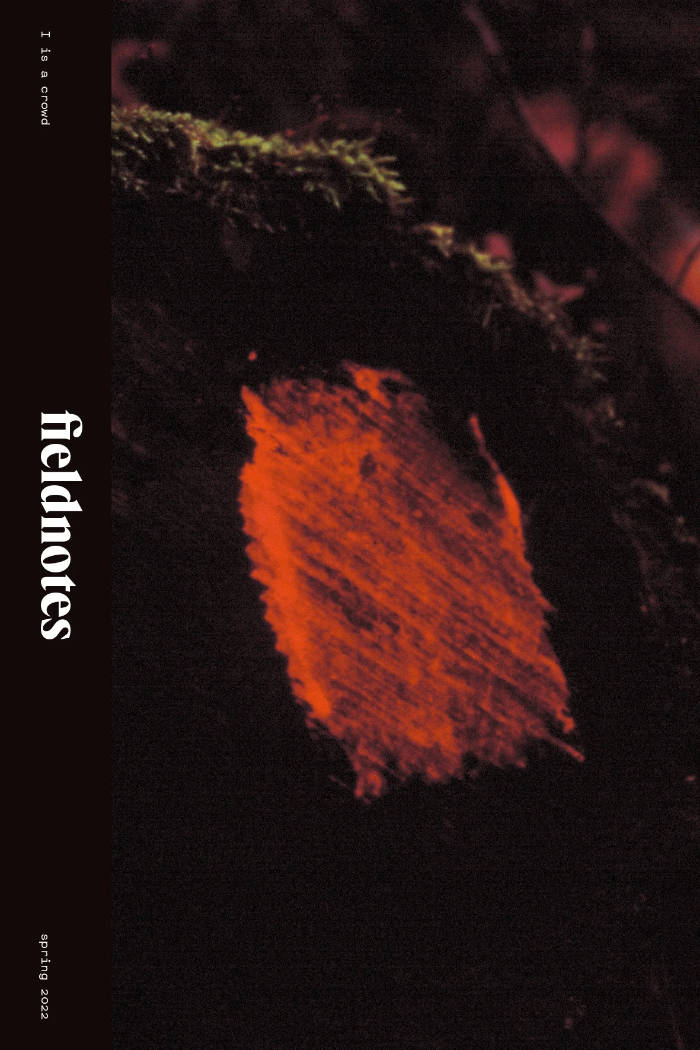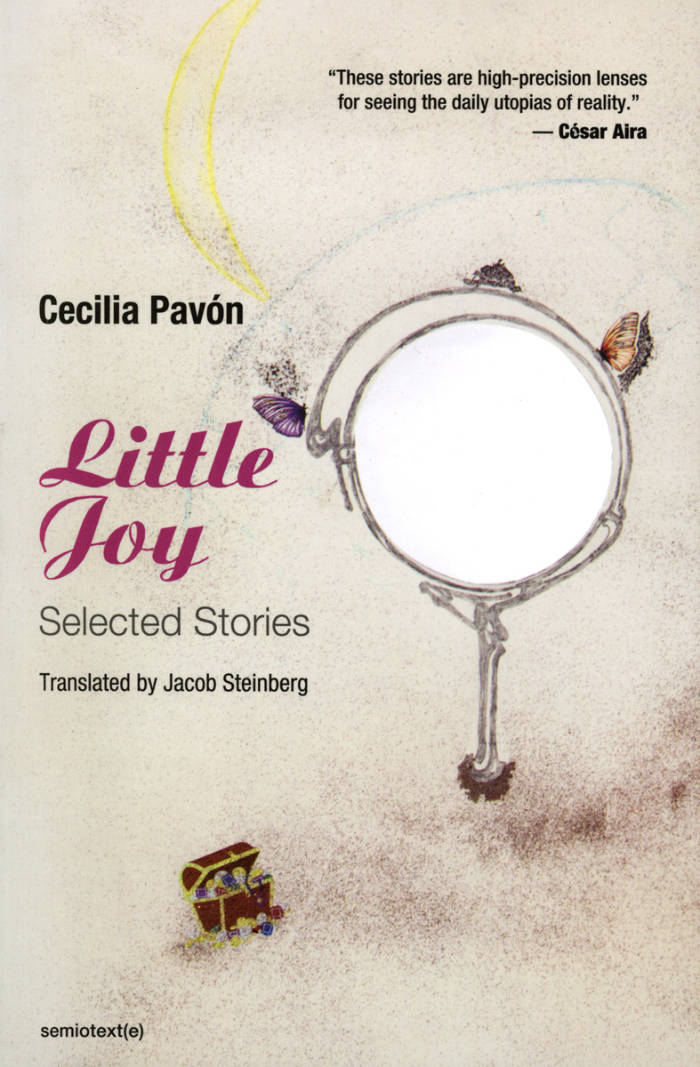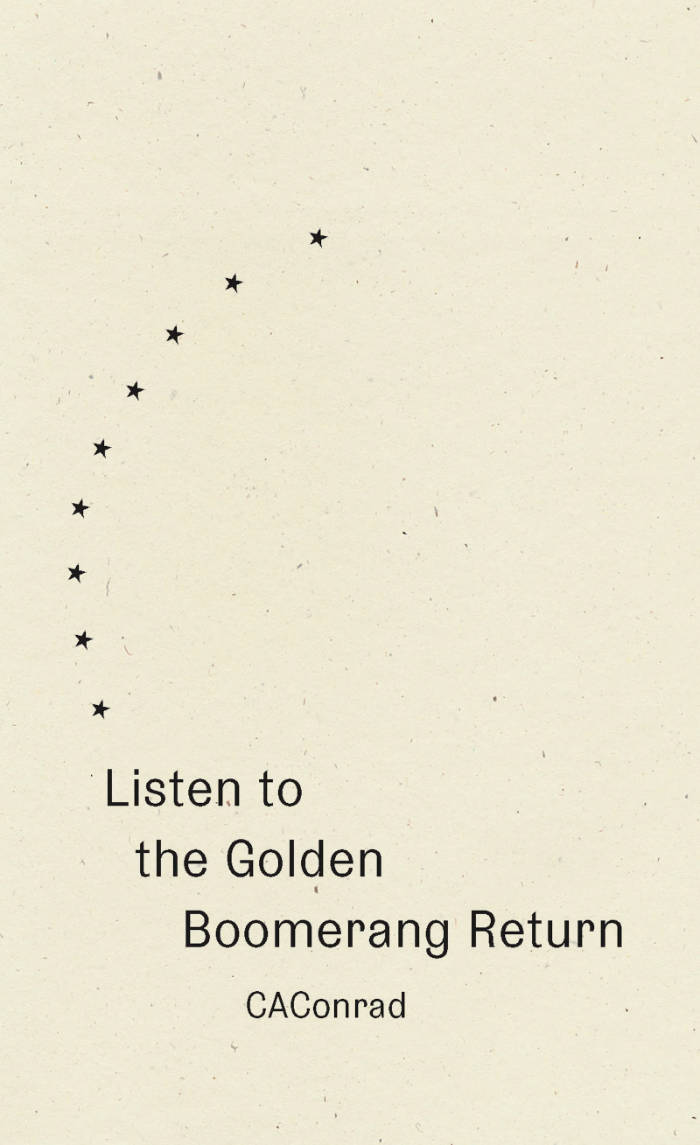
Fieldnotes Issue 3
Bella Marin ed.
Fieldnotes is a biannual print journal publishing new writing and artworks with a focus on practices that work between disciplines and against type. There is always a third thing between two things that are known; we are interested in whatever there is between translations/transitions, things-in-progress, converging genres, methods of excavation and formal innovation. The purpose of the journal is to provide a test site for ideas and research; a space for experimental modes and new prototypes.
The third issue of FIELDNOTES contains new work by:
CAConrad & George Finlay Ramsay
Charlie Hawksfield
Yvonne
Angus McCrum
Peter Gizzi
McKenzie Wark
Kate Paul
Michelle Williams Gamaker
Georges Bataille & Rachelle Rahmé
Declan Wiffen
Rosa Barba
Travis Jeppesen
Robert Glück & Arnold Kemp
Cecilia Pavón & Jacob Steinberg
George Lynch
Yuhan Shen







